What are the venous changes associated with peripheral IV placement in children?
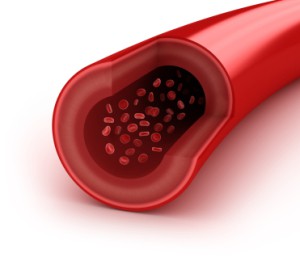
“Changes were visualized by ultrasound in the absence of physical exam findings. Venous luminal narrowing, wall thickening, and thrombosis may explain PIV failure” Goel et al (2020).
How to reduce pain during peripheral IV cannulation?

“This article outlines the factors that can cause pain for adult patients requiring a PIVC and recommends that the use of local anaesthetics be more widely considered when inserting a cannula” Welyczko (2020).
Overview of vascular access securement with Grip-Lok devices

“After a vascular access device has been inserted, catheter securement is one of the most important aspects of care and maintenance” Barton (2020).
Central venous catheter infection in Canadian home parenteral nutrition patients

“However, a subset of patients with multiple CVC infections require education with an emphasis on preventive techniques in order to reduce the incidence of infection” Saqui et al (2020).
Using peripheral IV cannulation pain score to predict post operative pain – Full Text

“It has previously been reported that venous cannulation-induced pain (VCP) can be used to predict postoperative pain after laparoscopic cholecystectomy within 90 mins in the recovery room” Peng et al (2020).
Description of complicated removal of implantable port – Full Text

“This case highlights the very rare complication of complete vascular adherence of the terminal catheter tip and extended port intracorporeal time as a risk factor for adhesion” Mehra et al (2020).
What is the effect of the Buzzy device on cannula pain and anxiety in children?

“The aim of this study was to examine the effect of the use of the Buzzy® on pain and anxiety in children during peripheral cannula application” Yılmaz et al (2020).
What are the bacterial contamination rates in extracorporeal photopheresis – Full Text

“These findings stress the importance of sterile procedures and the benefits of using peripheral over central venous access for reducing the risk of bacterial contamination in ECP” Palmer et al (2020).
Comparing venipuncture versus indwelling intravenous cannula for blood sampling

“Blood sampling by venipuncture resulted in statistically significant higher concentrations of MN, NMN and epinephrine compared to sampling by means of an indwelling cannula” Eijkelenkamp et al (2020).
Acute compartment syndrome due to extravasation of blood transfusion – Full Text
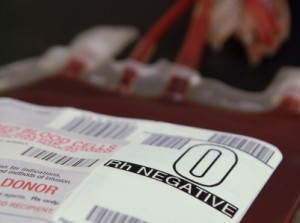
“The extravasation by massive transfused blood results in the elevation of intra-compartmental pressures” Park and Kim (2020).
VIP score and bundles support clinically indicated replacement of peripheral IV catheters

“Where clinically indicated, peripheral vascular catheters can be used for a long time, and this is aided by decision-making tools such as the visual infusion phlebitis score and care bundles” Poovelikunnel et al (2020).
Environmental scrubbing reduced central line associated bloodstream infection in NICU
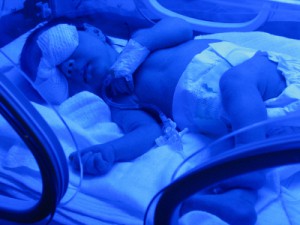
“The main aim of this study was to estimate the effectiveness of routine scrubbing by change of the incidence of central line-associated bloodstream infections (CLABSI)” Oh et al (2020).
Study of venous thromboembolism rates in ambulatory cancer patients
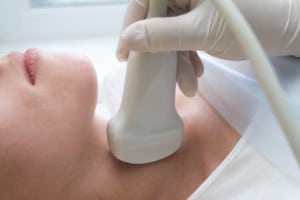
“This study investigated VTE incidence in outpatients with pancreatic, endometrial, colorectal, ovarian and cervical cancer, the role of Khorana score in risk assessment and potential risk factors” Austin et al (2020).
The role of intestinal bacterial translocation in central line associated blood stream infections

“Bacterial intestinal translocation plays an important role in neonatal sepsis. We aimed to elucidate the importance of such translocation in causing central line associated blood stream infection (CLABSI) in patients undergoing gastrointestinal surgery” Haddad et al (2020).
Extended central line bundle and reduced CLABSI – CE activity

“Our study shows that central line bundles decreases not only the CLABSI rate but also decreases attributable costs due to CLABSI” Devrim et al (2020).
How to confirm central vascular catheter position in neonates?

“To evaluate the diagnostic accuracy and utility of bedside ultrasound (US) byneonatology residents to confirm position of umbilical venous catheter (UVC), umbilical arterial catheter (UAC), and peripherally inserted central catheter (PICC)” Shabeer et al (2020).
Popliteal venous access in critically ill COVID-19 patient in prone position

“This case report outlines a possible challenging scenario that may encounter vascular interventionist when dealing with COVID-19 patients with respiratory compromise in prone position” Adams and Mousa (2020).
How to reduce risk of medical adhesive-related skin injuries?
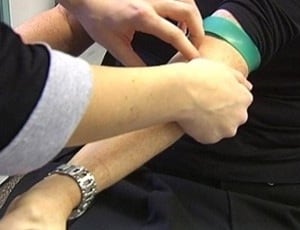
“However, the removal of devices, especially those associated with medical adhesive, can cause significant skin injuries, which often could be avoided if this aspect is included in the care bundle and the risk factors are better understood in healthcare” Barton (2020).
Evaluation of dialysis centres from a stakeholder perspective – Full Text
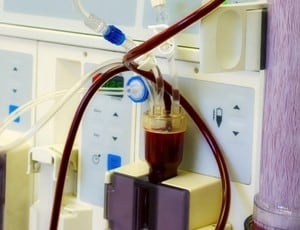
“The present study aimed to determine the opinions and preferences of stakeholders and establish their relative importance, considering the complexity of their interactions, to facilitate a comprehensive evaluation of haemodialysis centres” Parra et al (2020).
Review of occupational exposure to HIV among nurses
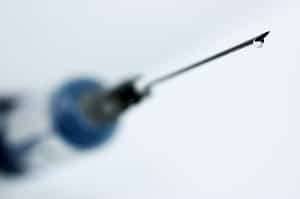
“One out of every nine nurses had occupational exposure to HIV at a major tertiary hospital with poor reporting and utilization of post-exposure prophylaxis” Kabotho and Chivese (2020).
How to correctly administer IV push medication

“Some nurses continue to routinely dilute I.V. push medications, a practice associated with a high risk of errors” Deutsch (2020).
Bundle-approach dramatically reduced blood culture contamination rates
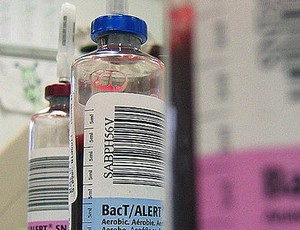
“Our intervention bundle dramatically reduced the contamination rate when drawing blood culture in our ED” Kai et al (2020).
Blood transfusion in children at a university hospital in a middle-income country

“Our principal objective was to evaluate the adherence to national guidelines for blood transfusion in pediatric patients at a third level university hospital” Villarreal-Martínez et al (2020).
Diagnosis of catheter-related bloodstream infections in neonates

“Catheter-drawn blood sampling is an efficient method of diagnosing catheter-related bloodstream infection (CRBSI) in neonates; it has greater sensitivity and accuracy than methods using catheter-tip cultures” Ferreira et al (2020).
Have legislative interventions impacted the incidence of needlestick injuries?

“The aim of this study was to examine the impact the EU Directive for the Prevention of Sharps injuries had on the incidence of needlestick injuries (NSI) in Ireland” O’Sullivan and Gallagher (2020).
Massive fatal pulmonary embolism while on therapeutic heparin infusion

“We present a case of a patient with an acute DVT who was treated with a therapeutic heparin drip, then developed syncope while in the hospital and found to have massive bilateral PEs” Hajouli (2020).
IV infusion versus IV bolus for chemotherapy-induced nausea and vomiting prophylaxis

“Phase 3 study of palonosetron intravenous (IV) infusion versus IV bolus for chemotherapy-induced nausea and vomiting prophylaxis following highly emetogenic chemotherapy” Karthaus et al (2020).
Infusion rates and clinical outcomes in patients with septic shock

“In septic shock patients, initial fluid resuscitation rate of 0.25-0.50 ml/kg/min (i.e., completion of the initial 30 ml/kg IV fluid resuscitation within the first 2 h), may be associated with early shock reversal and lower 28-day mortality compared with slower rates of infusion” Hu et al (2020).
Review of the technical aspects of hepatic artery infusion pump placement

“The preferential blood supply from the hepatic artery to liver tumors allows for the regional delivery of chemotherapy, commonly referred to as hepatic artery infusion chemotherapy via a subcutaneous pump” Thiels et al (2020).
Research examines when to replace peripheral IV catheters

“Clinically indicated peripheral intravenous catheter replacement was not inferior to routine (96 h) replacement regarding phlebitis occurrence, and was associated with significantly less phlebitis per 1000 days” Vendramim et al (2020).

